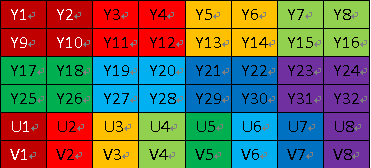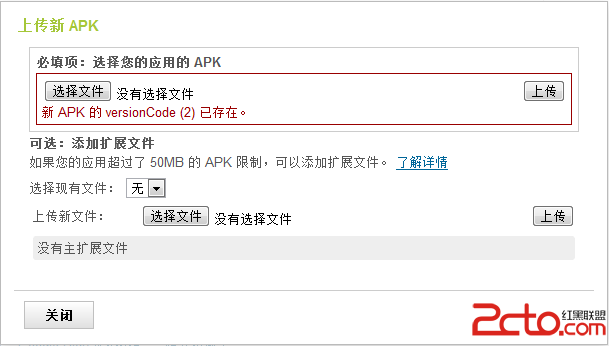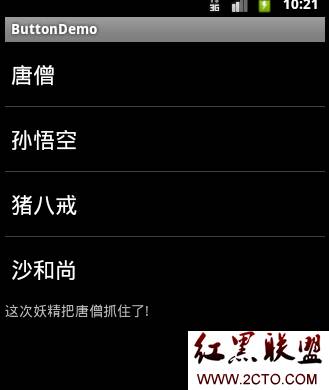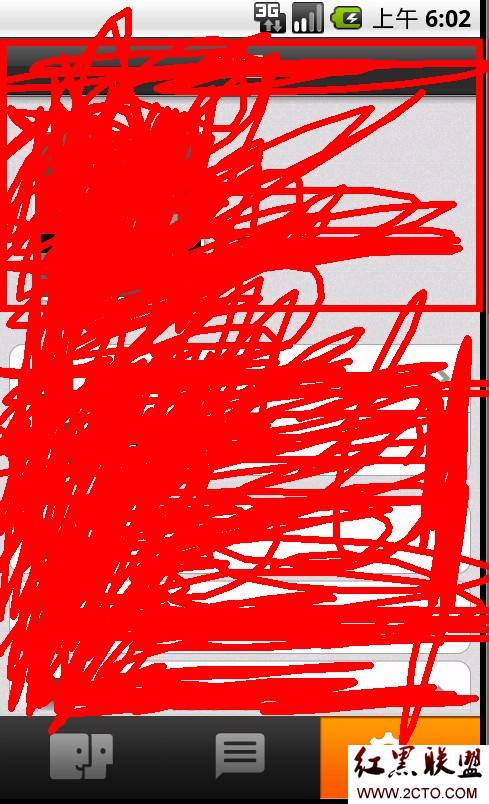Android 程式开发:(五)屏幕组件 —— 5.4 TableLayout表格布局
TableLayout可以把视图views组织成“行”或“列”。可以使用<TableRow>元素指定表格中的一行。每一行又可以包含一个或多个视图。每行中的每个视图组成了表格的一个元素。每列的宽度,取决于这一列中宽度最大的视图view。
观察main.xml中的代码:
- <?xml version="1.0" encoding="utf-8"?>
- <TableLayout xmlns:android="http://schemas.android.com/apk/res/android"
- android:layout_width="fill_parent"
- android:layout_height="fill_parent" >
- <TableRow>
- <TextView
- android:text="User Name:"
- android:width="120dp" />
- <EditText
- android:id="@+id/txtUserName"
- android:width="200dp" />
- </TableRow>
- <TableRow>
- <TextView android:text="Password:" />
- <EditText
- android:id="@+id/txtUserName"
- android:password="true" />
- </TableRow>
- <TableRow>
- <TextView />
- <CheckBox
- android:id="@+id/chkRememberPassword"
- android:layout_width="fill_parent"
- android:layout_height="wrap_content"
- android:text="Remember Password" />
- </TableRow>
- <TableRow>
- <Button
- android:id="@+id/buttonSignIn"
- android:text="Log In" />
- </TableRow>
- </TableLayout>

以上的例子,TableLayout中有2列,4行。在“Password” TextView视图的正下方,是一个空的<TextView>元素。如果不这么做的话,“Remember Password” CheckBox就会出现在“Password”TextView视图的下面,就像这样:

摘自 manoel的专栏
补充:移动开发 , Android ,




